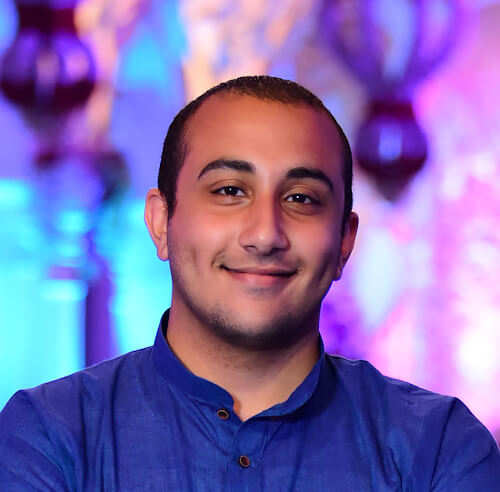Yasser Alaa Mobarak is a 24-year-old, Egyptian award-winning photographer based in Delhi, India. He has won photography prizes from
National Geographic Traveler India, National Geographic Egypt, International Federation of Photographic Art, Photographic Society of America and Prix De La Photographie Paris. Yasser's works have been featured in Digital Camera World Magazine, Amateur Photographer Magazine, Smart Photography Magazine, Silvershotz Magazine, Adobe Blog, PBS NewsHour and Xinhua News Agency.
He is holder of AFIAP distinction from the International Federation of Photographic Art and holder of Associateship from Image Colleague Society International. He was judge at Adobe Youth Voices Awards, Romania's National Creativity Contest and The Photographic Angle.
